Texas A&M research evaluates reproductive quality of shrimp on various diets
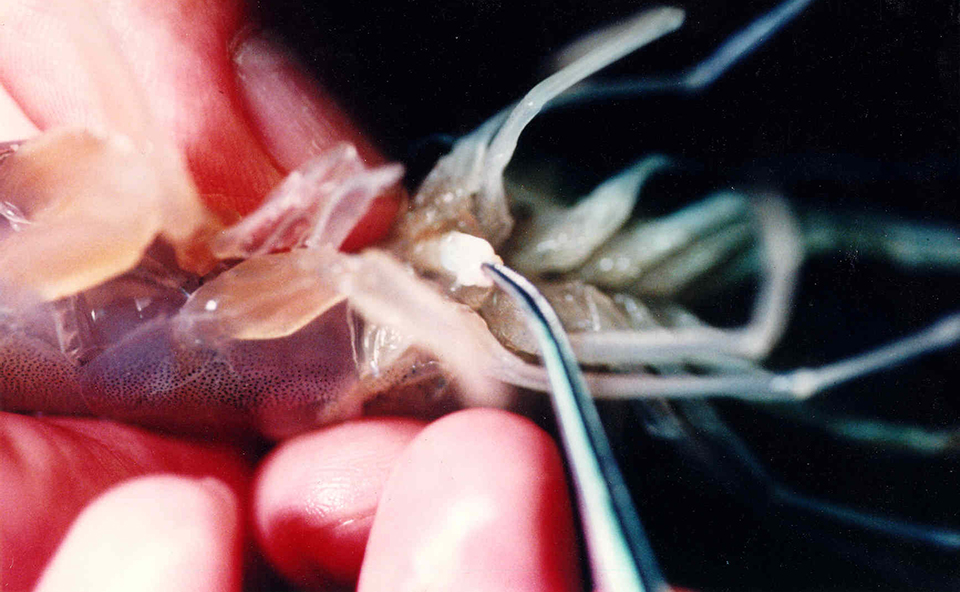
Saturation diets for shrimp broodstock typically include fresh food organisms like squid, bloodworms, clams and fish. Their use is labor-intensive and involves such disadvantages as poor biosecurity, water quality issues, high cost and seasonal changes in nutritional value. Efforts need to be focused on replacing fresh maturation diets by formulated feeds.
Formulated feeds, however, offer the delivery of specific nutrient content to shrimp for a predictable reproductive output, reduced cost, easy storage, the possibility of automatic feeding, and less impact on water quality. The incorporation of formulated feeds in maturation diets has been tested in Penaeus monodon, Litopenaeus stylirostris, L. vannamei and Fenneropenaeus indicus, but additional information is needed.
Nutrition of male broodstock
Most studies of the nutritional effects on maturation/reproduction of shrimp have evaluated female reproductive quality, while the reproductive quality of males has generally been taken for granted. However, adequate quality of both male and female gametes is necessary for fertilization and unsuccessful reproduction can be attributed to males.
Scientific data indicates that nutrition plays a role in the sexual maturation of both sexes. Criteria to evaluate the reproductive quality of male shrimp (sperm count and percentage of abnormal sperm) can be used to study nutritional effects.
TAES research
Research on the sexual maturation of penaeid shrimp is ongoing at the Texas Agricultural Experiment Station (TAES), Shrimp Mariculture Project of the Texas A&M University system in Port Aransas, Texas, USA. A 56-day feeding trial at TAES evaluated the reproductive quality of male L. vannamei after they were fed different proportions of fresh-frozen squid and an experimental formulated feed containing 50 percent protein, 10 percent lipid, 4 percent crude fiber, 12 percent ash, 8 percent moisture and a full supply of vitamins and minerals (Table 1).
Perez-Velazquez, Dietary treatments fed to L. vannamei, Table 1
| Treatment | Formulated Feed (%) | Fresh-Frozen Squid (%) | Mean Sperm Count (x Million Sperm Cells) | Mean Weight Gain (g) |
|---|---|---|---|---|
| 1 | 100 | 0 | 9.6 | 0.3 |
| 2 | 75 | 25 | 11.8 | 1.0 |
| 3 | 50 | 50 | 7.8 | 0.7 |
| 4 | 0 | 100 | 6.6 | 0.8 |
The experimental recirculating system used 113-l rectangular tanks, in which shrimp were stocked at a rate of 2 males per tank. Each experimental treatment was randomly assigned to 10 replicate tanks. Temperature, dissolved oxygen, salinity, and pH were maintained at mean levels of 25.9 degrees-C, 5.8 milligrams per liter, 33.8 ‰, and 8.1, respectively. Low concentrations of NH3-N, NO2-N, and NO3-N were recorded throughout the experiment.
Sperm quality and growth
Sperm quality and animal weight gain were significantly influenced by the dietary treatments fed. At the beginning of the experiment, all shrimp had similar sperm counts, with an average value of 7.2 million sperm cells. At termination, however, higher sperm counts and weight gain were recorded for shrimp fed diets which included the formulated feed.
Shrimp fed the diet of 75 percent formulated feed and 25 percent squid had the highest sperm count and weight gain: 11.8 million sperm cells and 1.0 gram, respectively. Following were the shrimp fed 50 percent feed, 50 percent squid (7.8 million sperm cells, 0.7 grams), 100 percent feed (9.6 million sperm cells, 0.3 grams) and 100 percent squid (6.6 million sperm cells, weight loss of 0.8 grams).
The overall limited growth of shrimp in this study, also observed in 1995 by Wang et al. for males of the same species fed squid for 24 days, was probably related to the temperature of culture and the initial size of the shrimp.
Fresh organisms lack nutrients
Squid and other fresh food organisms continue to be used in maturation/reproduction facilities. Some, like bloodworms, are considered indispensable.
Although published biochemical analyses of squid indicate these animals contain a very good nutritional profile, especially in terms of lipids and protein, results of this study indicated that squid does not provide optimal nutrition for male broodstock when used as the only food source.
Ironically, it has been suspected that such fresh food organisms lack an adequate supply of some nutrients, especially vitamins and/or minerals, to support sexual maturation and reproduction of penaeid shrimp. Supplementation of fresh diets with these nutrients has thus been recommended.
The results of this study support this observation. However, additional understanding is needed of the role of vitamins, minerals, cholesterol, phospholipids, fatty acids and other nutrients on sexual maturation and reproduction of male shrimp.
(Editor’s Note: This article was originally published in the October 2002 print edition of the Global Aquaculture Advocate.)
Now that you've reached the end of the article ...
… please consider supporting GSA’s mission to advance responsible seafood practices through education, advocacy and third-party assurances. The Advocate aims to document the evolution of responsible seafood practices and share the expansive knowledge of our vast network of contributors.
By becoming a Global Seafood Alliance member, you’re ensuring that all of the pre-competitive work we do through member benefits, resources and events can continue. Individual membership costs just $50 a year.
Not a GSA member? Join us.
Authors
-
Martin Perez-Velazquez, Ph.D.
Departmento de Investigaciones Científicas y Tecnológicas
Universidad de Sonora
Rosales y Niños Héroes s/n
A.P. 1819 C. P. 83000
Hermosillo, Sonora, México[120,109,46,110,111,115,117,46,109,111,101,114,114,111,99,64,118,122,101,114,101,112,109]
-
Mayra Lizett González-Félix, Ph.D.
Departmento de Investigaciones Científicas y Tecnológicas
Universidad de Sonora
Rosales y Niños Héroes s/n
A.P. 1819 C. P. 83000
Hermosillo, Sonora, México -
Addison L. Lawrence, Ph.D.
Texas A&M University System
Shrimp Mariculture Project
Port Aransas, Texas, USA
Related Posts
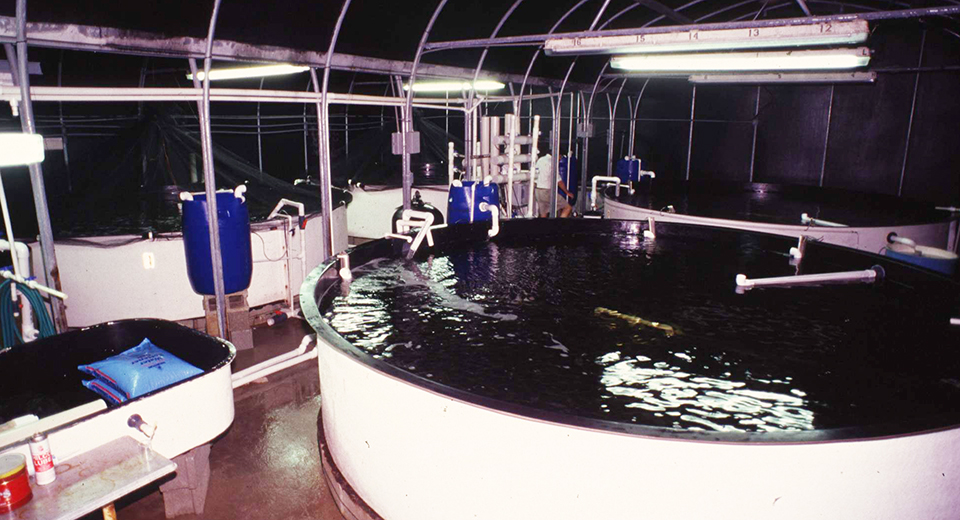
Health & Welfare
Advanced conditioning systems for marine fish broodstock
To be successfully conditioned to spawn in captivity, most marine fish species must be exposed to temperature and light cycles that mimic their seasonal changes in nature.
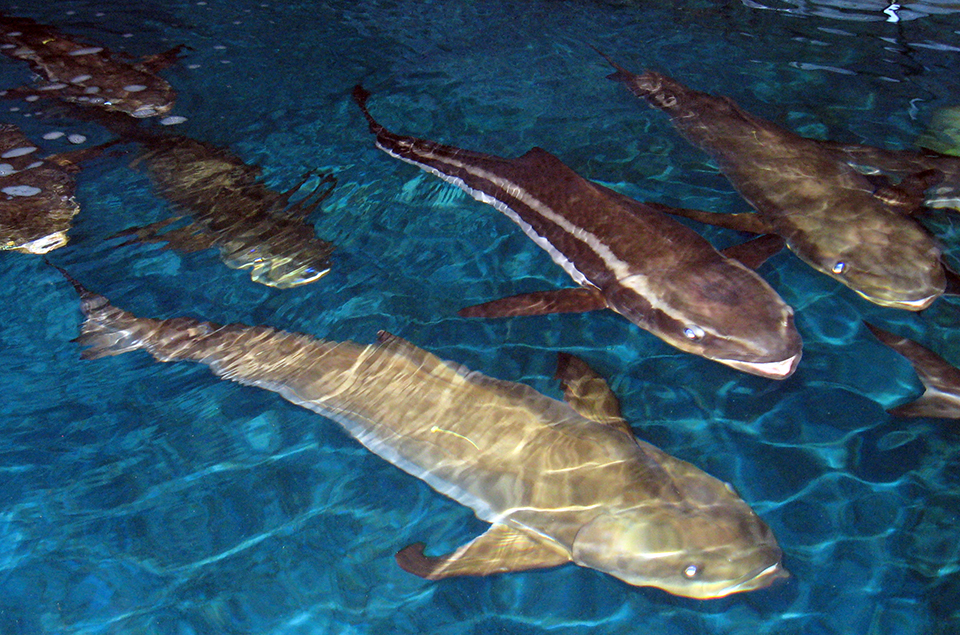
Health & Welfare
Cobia hatchery-to-market technology at UMEH
Cobia is a top emerging candidate for tropical and subtropical marine fish aquaculture. The University of Miami Experimental Hatchery has led ongoing research to advance the viability of raising hatchery-reared cobia.
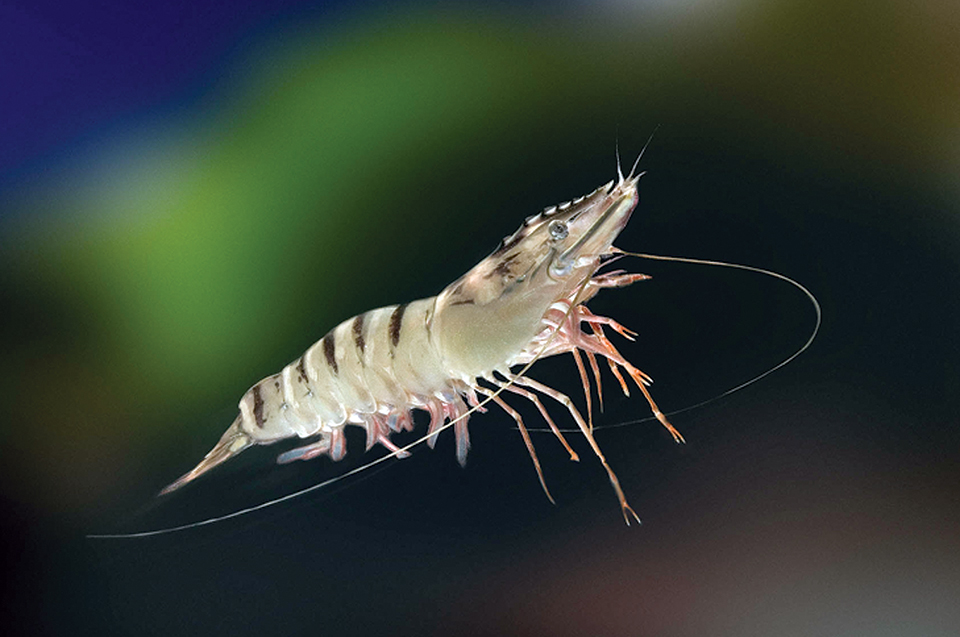
Health & Welfare
Black tiger domestication, selective breeding advance in Australia
Using clear-water tank systems, CSIRO and a collaborating farm have advanced the domestication of black tiger stocks in Australia.
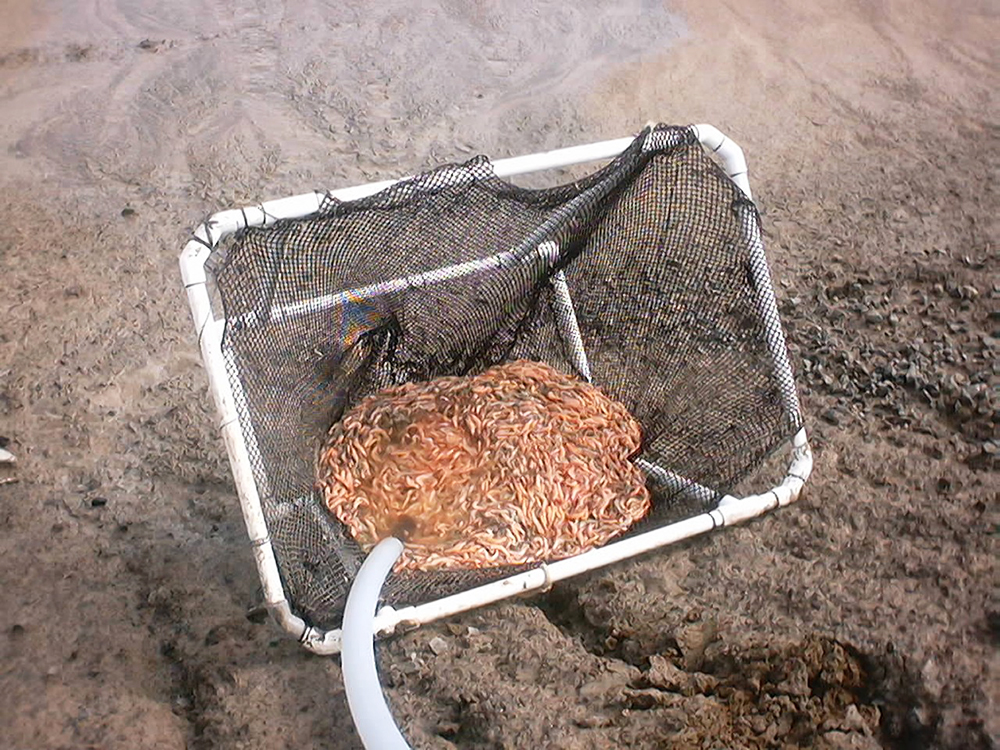
Aquafeeds
Biosecurity protocols needed for shrimp feeds, feeding practices
Shrimp aquafeeds – live, fresh or formulated – should not be an entry point of potential pathogens to the shrimp and/or to their culture systems.


